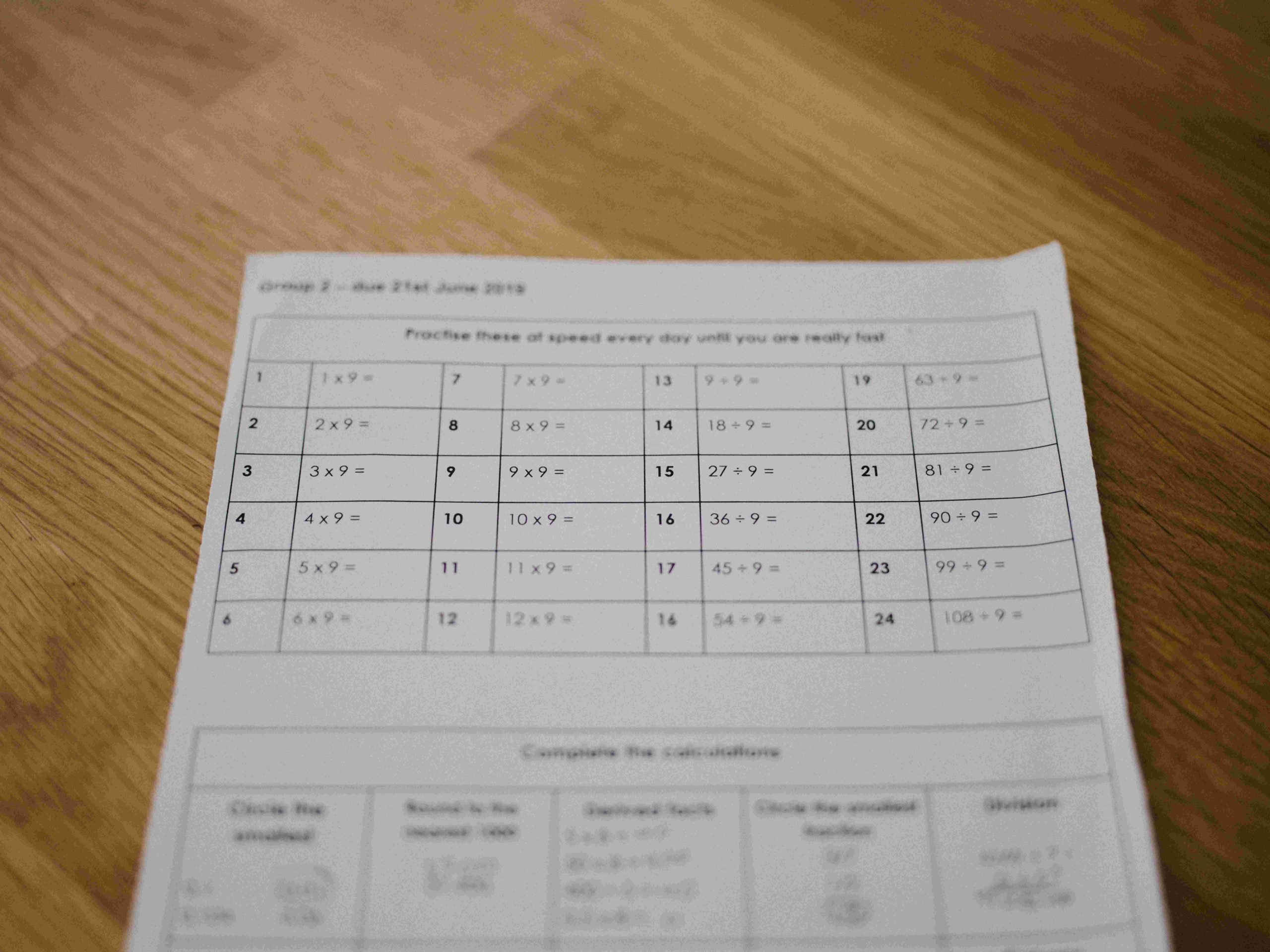
When to Introduce Printables for Preschoolers
Effective Use of Printables: A Guide for Parents and Caregivers
With the increasing integration of technology in education, the availability of printables for preschoolers has surged. Printables encompass various educational materials, including coloring pages, tracing activities, and letter recognition exercises, aiming to support early childhood learning.
The Importance of Printables
Printables can be invaluable when used correctly. They reinforce classroom lessons, provide additional practice, and aid in the development of fine motor skills. Moreover, they serve as engaging tools to introduce and explain new concepts to young learners.
Effective Utilization
To maximize the benefits of printables, they should complement a diverse learning approach. Incorporating printables alongside activities like storytime, interactive games, and outdoor play ensures a comprehensive developmental experience.
Age-Appropriate Engagement
It’s vital to tailor printables to a child’s developmental stage. Preschoolers benefit from activities matching their abilities, such as alphabet recognition, number counting, shape identification, color learning, and seasonal themes.
Early Childhood (Ages 2-5)
During this period, printables play a crucial role in developing fine motor skills and nurturing curiosity. Ideal printables include alphabet and letter activities, number exercises, shape recognition tasks, color-themed resources, and educational games.
Pre-K and Kindergarten (Ages 4-6)
As preschoolers transition to pre-K and kindergarten, printables assist in honing essential skills like name writing, letter and number recognition, shape identification, coloring, sight word learning, and emotional expression.
Elementary School (Ages 6-12)
Printables for elementary students focus on foundational subjects like reading comprehension, math, writing, science, social studies, handwriting, and vocabulary expansion, fostering academic proficiency and confidence.
Middle and High School (Ages 12-18)
Transitioning into higher grades requires honing time management, goal-setting, note-taking, study skills, and writing abilities. Printables offer support through tools such as time management worksheets, goal-setting planners, note-taking templates, study guides, and writing prompts.


